Social Media Report Samples
-
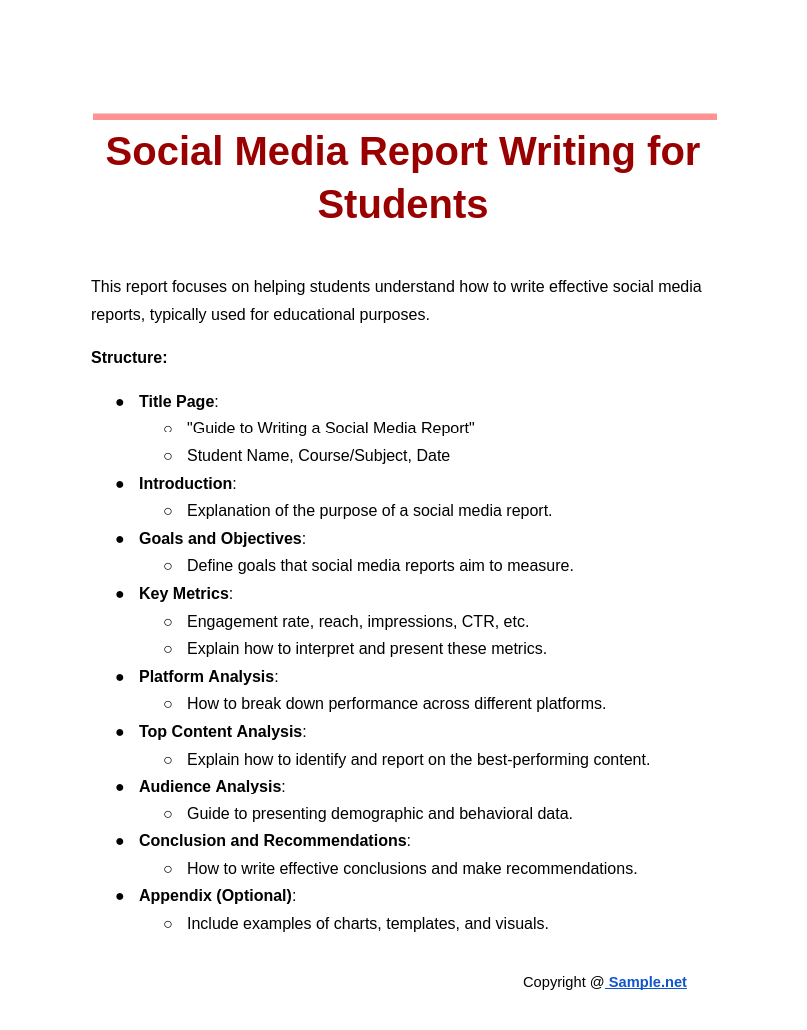
Social Media Report Writing for Students
download now -
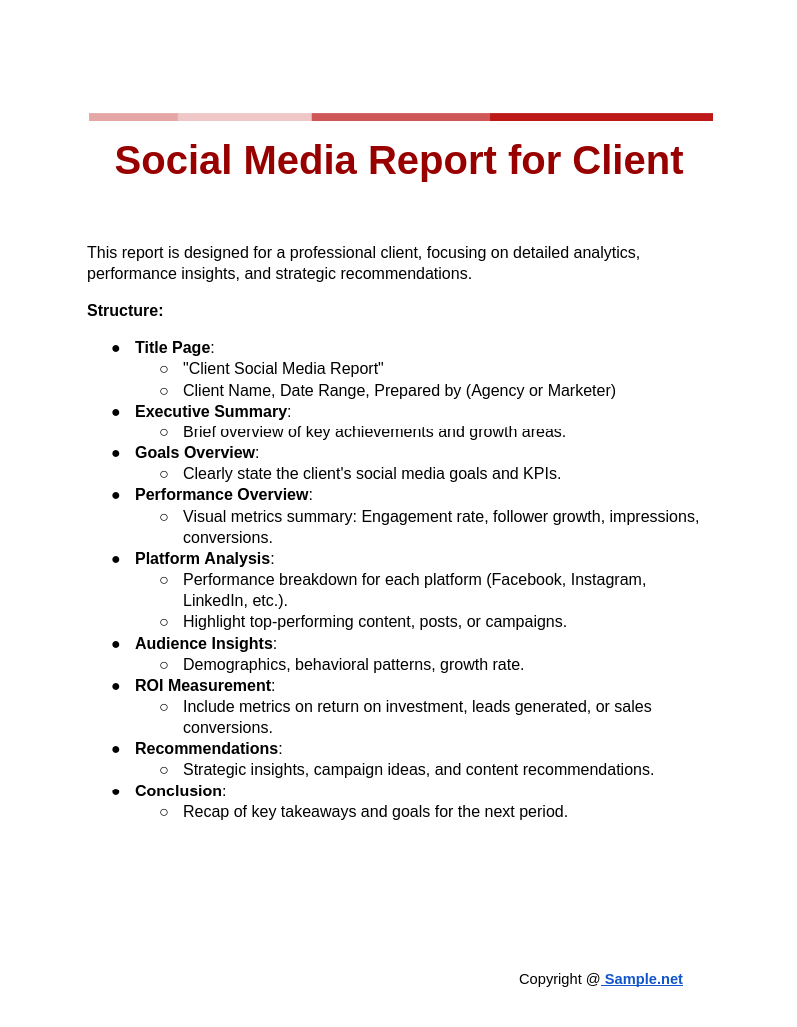
Social Media Report for Client
download now -
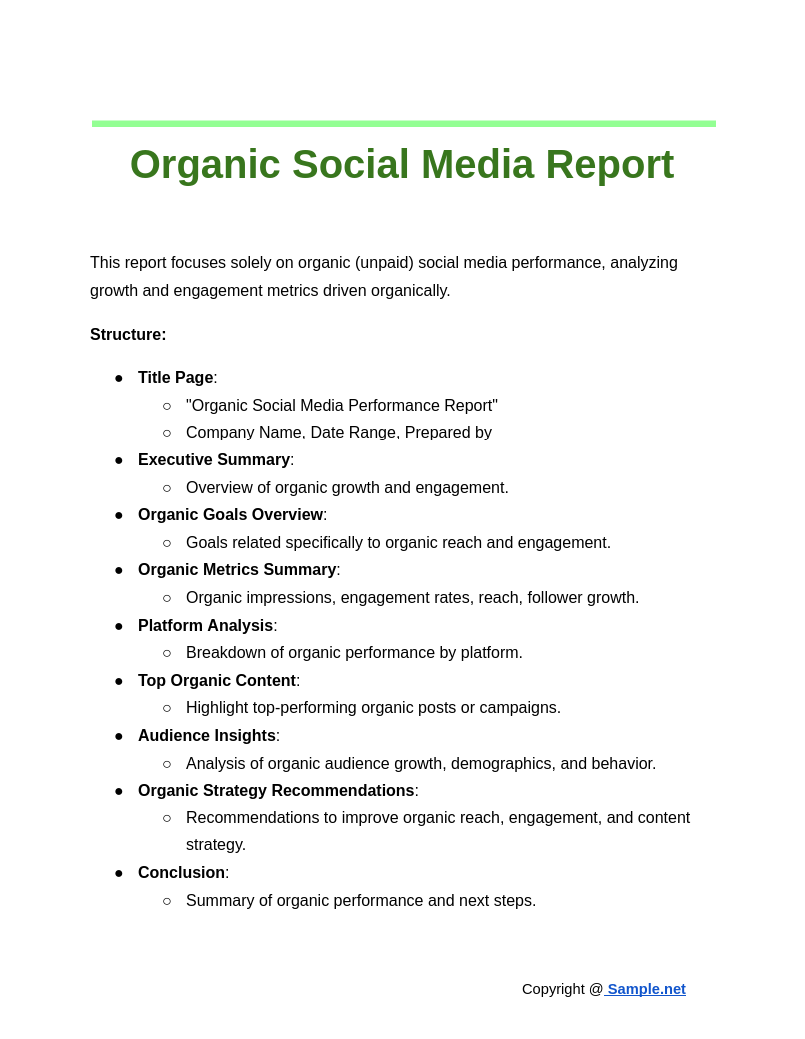
Organic Social Media Report
download now -
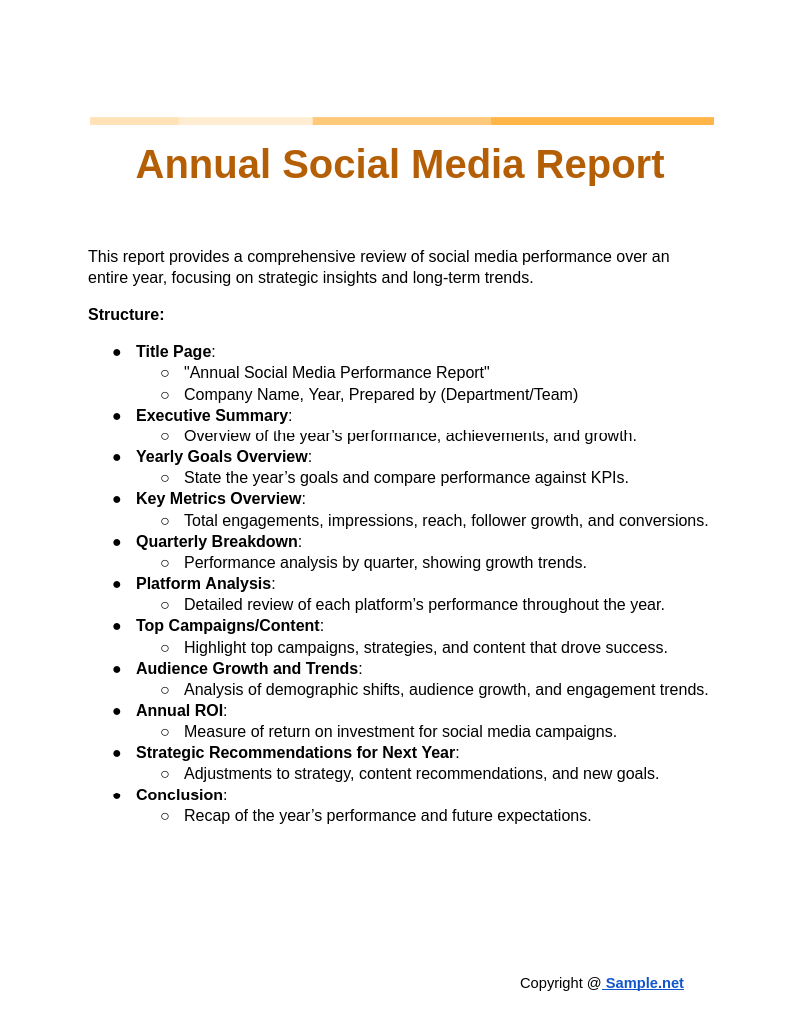
Annual Social Media Report
download now -
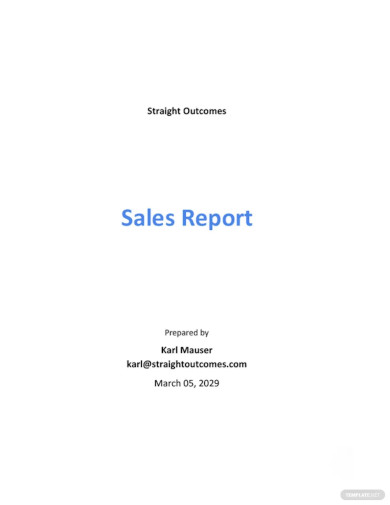
Editable Social Media Report Template
download now -
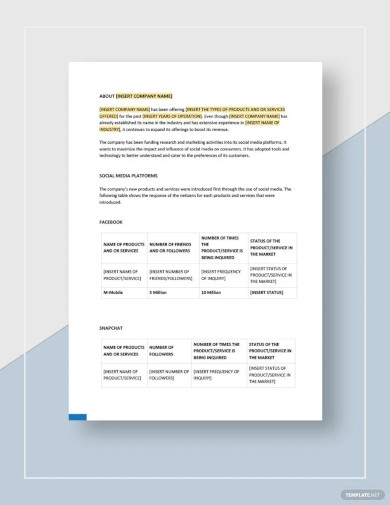
Social Media Marketing Report Template
download now -

Social Media Report Template
download now -
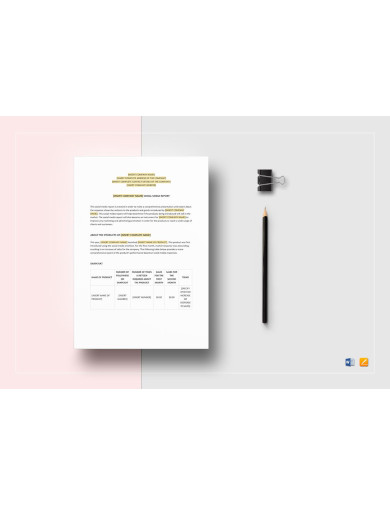
Standard Social Media Report Template
download now -
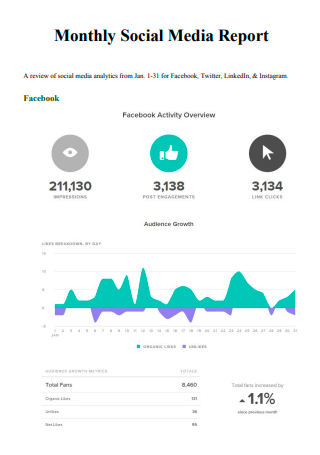
Monthly Social Media Report
download now -
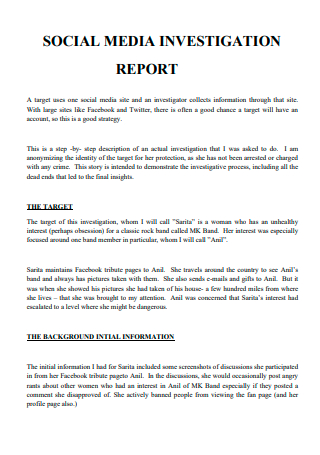
Social Media Investigation Report
download now -
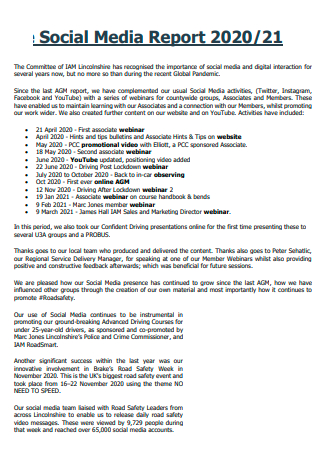
Basic Social Media Report
download now -
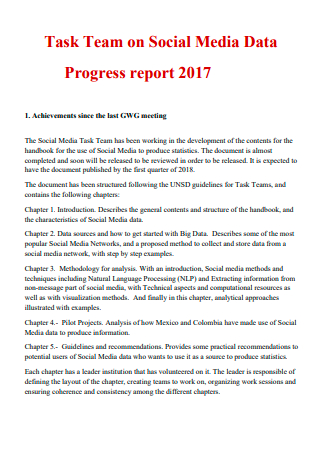
Social Media Data Progress Report
download now -
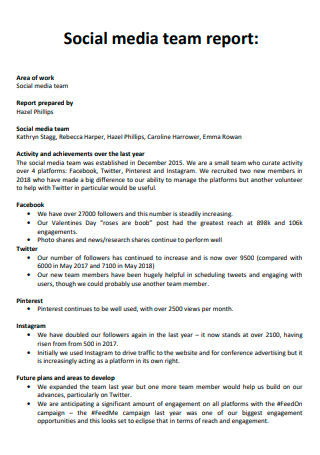
Social Media Team Report
download now -
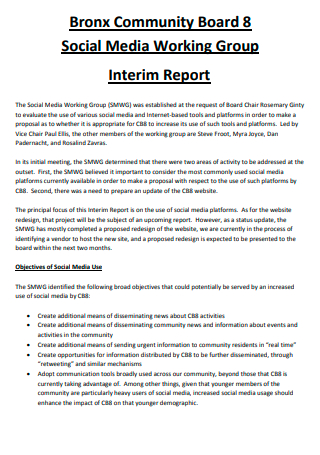
Social Media Working Group Interim Report
download now -
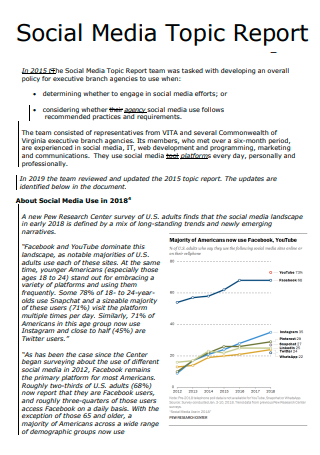
Social Media Topic Report
download now -
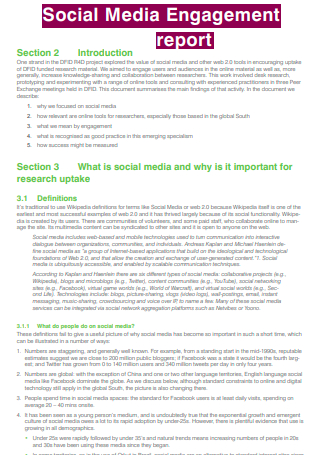
Social Media Engagement Report
download now -
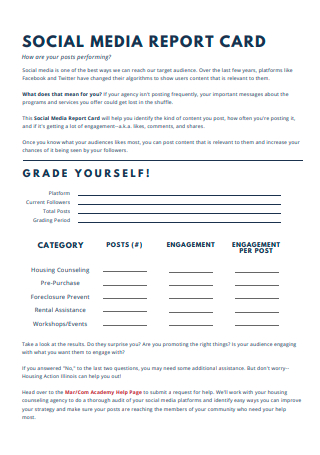
Social Media Report Card
download now -
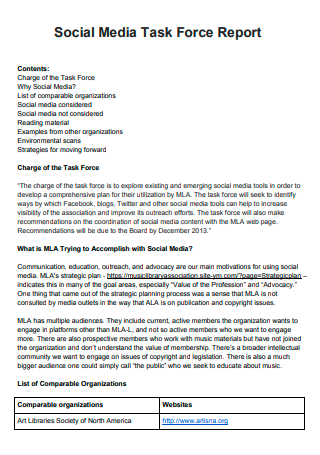
Social Media Task Force Report
download now -
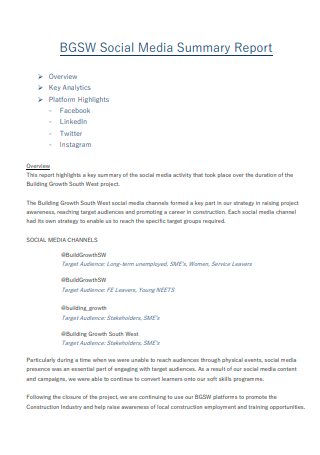
Social Media Summary Report
download now -
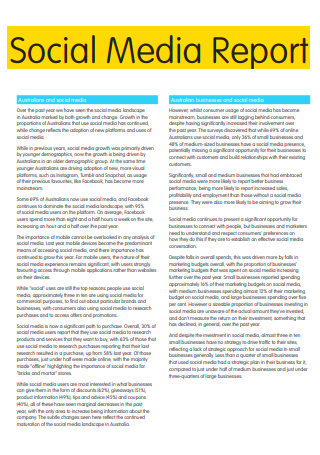
Social Media Report in PDF
download now -
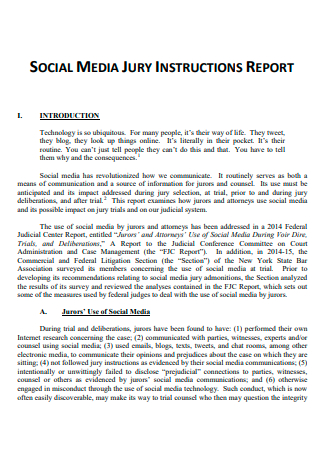
Printable Social Media Report
download now -
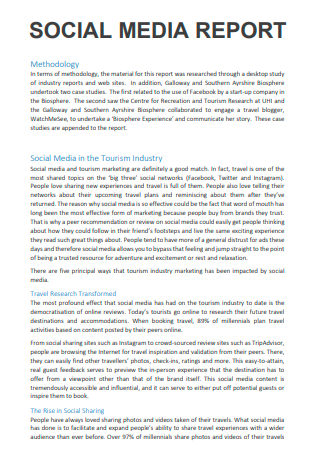
Simple Social Media Report
download now -
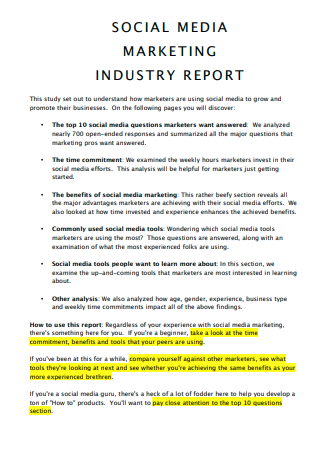
Social Media Marketing Industry Report
download now -
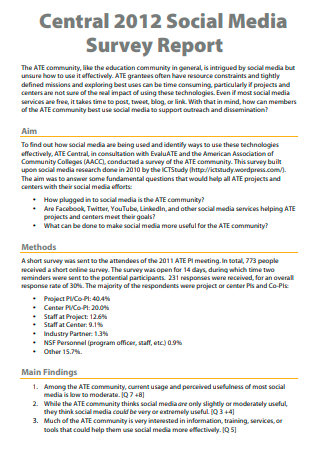
Social Media Survey Report
download now -
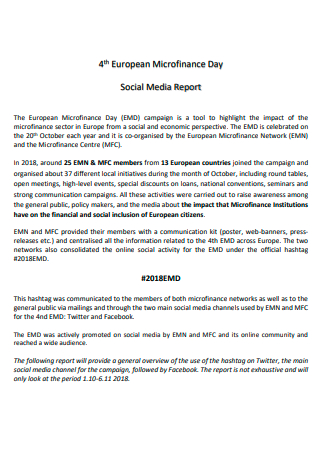
Micro Finance Day Social Media Report
download now -
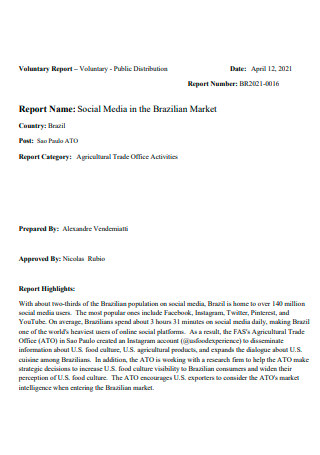
Social Media in Market Report
download now -
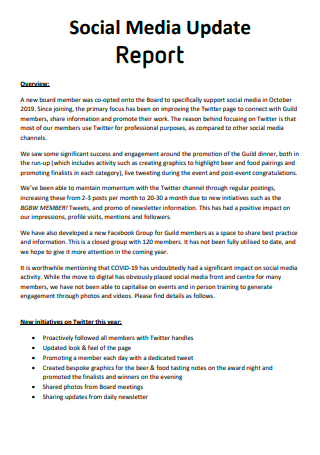
Social Media Update Report
download now -
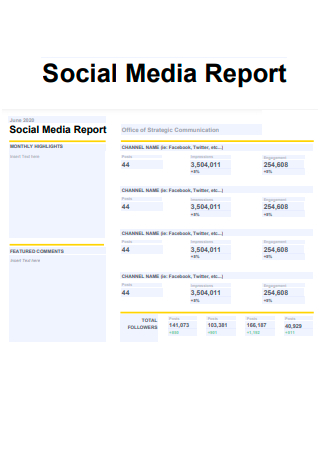
Social Media Report Format
download now -
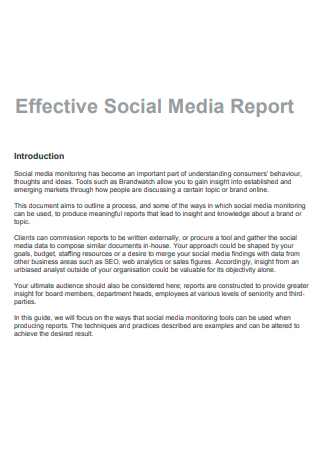
Effective Social Media Report
download now
FREE Social Media Report s to Download
Social Media Report Format
Social Media Report Samples
What is a Social Media Report?
Different Types of Social Media Reports
Basic Components of a Social Media Report
How to Write a Social Media Report
FAQs
What is the purpose of a social media report?
What are the fundamental elements of a social media report?
What are some examples of a social media report?
What are the best tools for creating automated social media reports?
How can I measure ROI through a social media report?
Why are visuals important in a social media report?
How does competitor analysis benefit a social media report?
What are the challenges of creating a social media report?
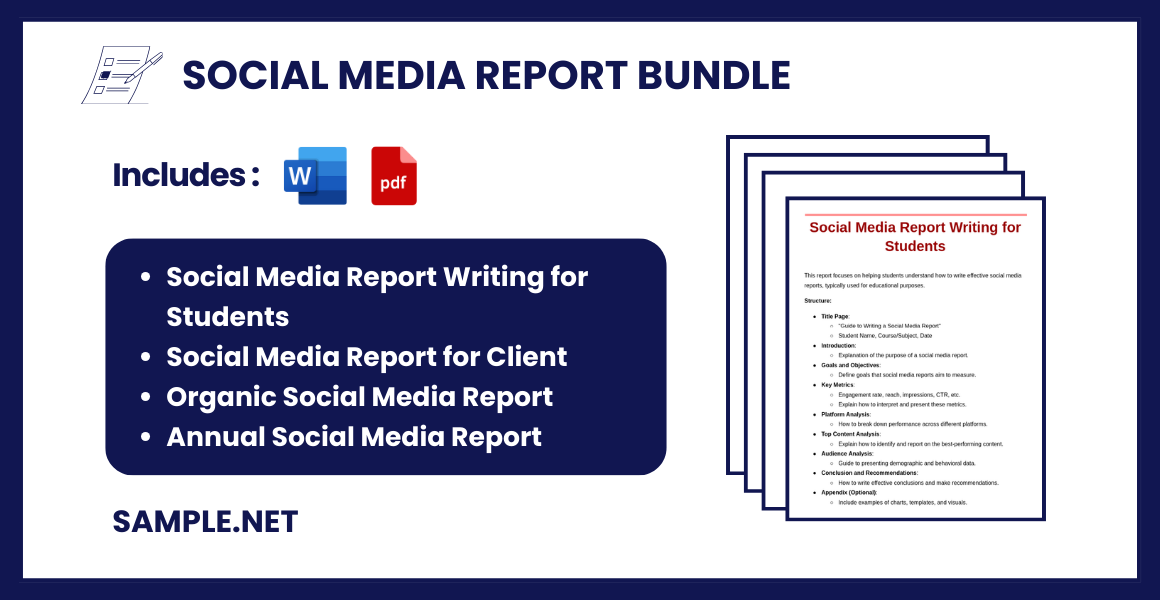
Download Social Media Report Bundle
Social Media Report Format
1. Title Page
- Title: “Monthly/Quarterly Social Media Report”
- Company Name
- Report Date: (Month/Quarter, Year)
- Prepared by: (Name or Department)
2. Table of Contents
- Executive Summary
- Goals Overview
- Key Metrics Summary
- Performance Analysis by Platform
- Top Performing Content
- Audience Insights
- Recommendations
- Conclusion
3. Executive Summary
- Overview: Brief summary of the report’s purpose, key findings, and a quick look at the overall performance.
4. Goals Overview
- Stated Goals: List the specific goals for this period (e.g., increase engagement, boost followers, generate leads).
- KPIs: Highlight KPIs used to measure success (e.g., engagement rate, followers growth, CTR).
5. Key Metrics Summary
- Total Impressions
- Total Reach
- Engagement Rate
- Click-Through Rate (CTR)
- Follower Growth
- Lead Conversions
- Present this data in a table or chart for better visualization.
6. Performance Analysis by Platform
- Platform Overview: Breakdown by each platform (Facebook, Instagram, Twitter, LinkedIn, etc.)
- Impressions, Reach, Engagement Rate, Followers Growth
- Best & Worst Performing Posts (specific metrics like likes, shares, comments, etc.)
- Use graphs and visuals to represent growth trends.
- Visual Analytics: Add charts/graphs for each platform.
7. Top Performing Content
- Content Overview: List the top 5-10 posts (based on engagement, clicks, or reach).
- Content Details: For each post, include:
- Post Type: Image, Video, Link, Text
- Post Date
- Engagement Metrics: Likes, Comments, Shares, Clicks
- Brief Analysis: Why it performed well (e.g., timing, visuals, topic)
8. Audience Insights
- Demographics: Age, Gender, Location distribution
- Behavioral Insights: Engagement patterns, peak activity times, interests.
- Audience Growth Rate: Compare follower growth over the period.
9. Recommendations
- Strategy Adjustments: Suggest improvements or changes based on the findings.
- Content Strategy: Types of content to prioritize (e.g., videos, stories, infographics).
- Platform Focus: Which platforms to invest more/less time on.
10. Conclusion
- Summary of Key Findings: Quick recap of the key takeaways.
- Future Goals: Set new goals or refine existing ones based on this report’s insights.
11. Appendices (if needed)
- Detailed charts, raw data, or additional insights.
What is a Social Media Report?
A social media report is a useful document that comprises value extracted from data coming from wide-ranging social media networks such as Facebook, Instagram, Twitter, YouTube, LinkedIn, TikTok, etc., and metrics which include number of follows, likes, reach, awareness, growth, engagements, post-performance and others over varying time frames. The number of followers of a social media page/site is essential to observe and examine the social media process and growth or decline over key time periods, depicting the brand position. Also, the conversions that one’s social media content creates are key metrics to include in the report because these metrics determine when people click on or take any other kind of action, providing value for money. You can also see more on Press Reports.
Different Types of Social Media Reports
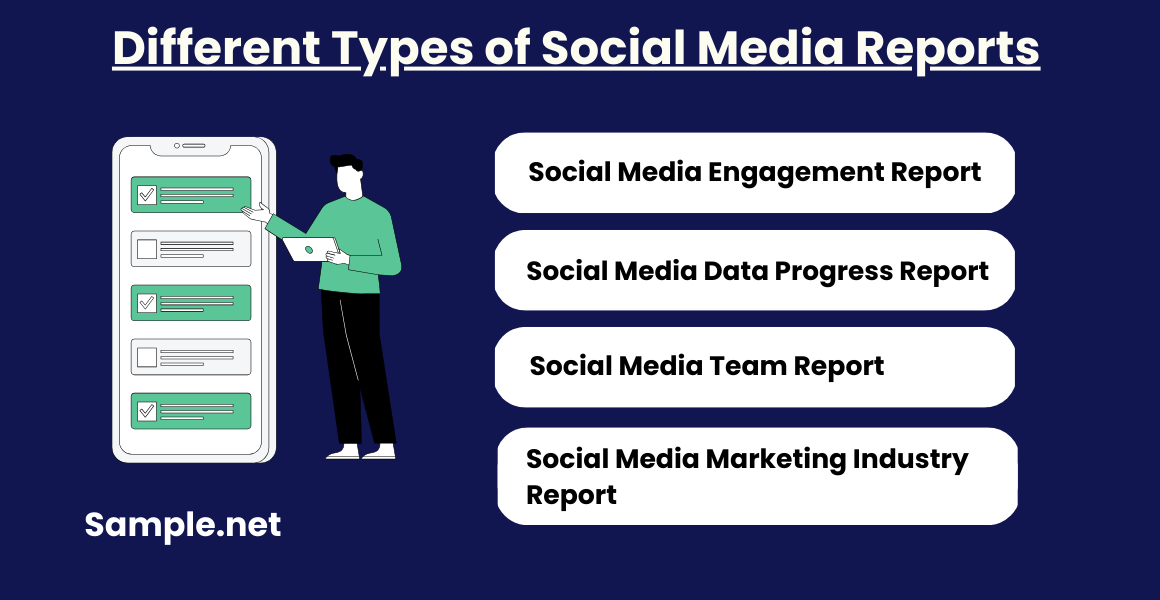
Responsible for curating and developing multiple social channels of a brand, social media managers are in charge of closely monitoring, moderating to audience comments, managing social media partnerships with other brands, and creating and/or posting shareable images and videos. In this section, you will know and understand more about the different types of social media reports. You can also see more on Magazine Reports. Read the following details below:
1. Social Media Engagement Report
Social media engagement is the measurement of social media audience or user comments, likes, and shares. It is important to analyze, measure and record the visualized data from social media engagement because it provides you with clear insights into the current status, and performance of your social media content as to how it resonates with your clients/customers. Documenting the behavior and interaction of your audience online through your brand’s social media channels guides you to use this information to optimize your social media posts in the future or improve your products and services. Plus, it gives you a tangible metric to track your social media performance over time.
2. Social Media Data Progress Report
Do you need to prepare a social media data progress report? It is important to define your smart business goals and KPIs and select your social media channels based on the preferences of your audience or target market. Consider the opinions and suggestions of your audience online. Then, analyze your top-performing social media posts, and measure the influencers reach and engagement. When monitoring and measuring your social media data progress, determine the attention metric(s) your organization wants tied to brand awareness, measure your net followers on each social media platform over a reporting period, measure the reach of any given post, use a brand monitoring tool to track your total number of brand mentions, measure every mention your brand receives across your social networks, add up the total approval actions a post received over the course of a reporting period, and measure a social media post’ impressions.
3. Social Media Team Report
41% of social media marketers say they need more time and bandwidth to set a greater impact on the rest of their business. That’s why a social media marketing team is essential for a business or organization so that they are able to work together on content creation, strategy development, community engagement, data daily analysis reports and many more. A social media expert can have unique skills in managing and improving a social media page but juggling multiple roles and responsibilities can be efficient in a well-coordinated social media team. For a social media team report, it is a document made by the collaboration and team effort of the main players in social media marketing such as the social media manager, the content creator, the social data analyst, the community manager, and the social media specialist as they recorded the social media activities and achievements of the team over the last year.
4. Social Media Marketing Industry Report
IBISWorld reported that the market size, measured by revenue, of the social networking sites is $72.2 billion in 2022 and the social media marketing industry is anticipated to increase by 15.6% in 2022. The social media marketing industry report is a document which covers all main social media platforms, organic and paid social media activities, video marketing and many others in order to fully decipher and examine how social media marketers are using social media. You can also see more on Facebook Marketings.
Basic Components of a Social Media Report
Online interactions are another aspect of the same offline relationships as social media is beneficial in showing the mediated nature of prior communication and sociality which includes face to face communication. In this section, you will learn how to craft an impeccably-written social media report so that you are able to enclose all the necessary points and areas in your social media management work. However, a social media report contains different kinds of components. Take into account of the following elements for you to create a unique document:
How to Write a Social Media Report

According to the book Social Media Communication, one of the main features of social media is social connectivity, allowing users to connect with others conveniently and regardless of geographical distance. Social connectivity will promote civic participation and social innovation in the near future. This will build up user-managed communities among people with similar needs across local, state, and national boundaries. Also, writing a comprehensive social media report can help you in clearly documenting your social media management. You can also see more on Marketing Strategies. So, we suggest that you follow the simple steps below:
Step 1: Identify the Aim and Purpose
Social media managers need to identify the aim and main purpose of the social media channels of a brand. Find out how the social media accounts are being used and determine ways to use the essential methodologies. Consider these questions: How plugged in to social media is the community or your target audience? Are Facebook, Twitter, Instagram, YouTube, LinkedIn, and other social media services helping your brand’s projects and programs meet their goals? What can be accomplished to make social media pages more beneficial for both the brand and the community or target audience?
Step 2: Define the Specific Goals and Objectives of the Social Media Management
Define your goals and objectives of your social media management. Create an in-depth analysis so that you are able to determine the current condition of the social media and to research the fundamental measures to upgrade it. You can also see more on Digital Marketing Contract.
Step 3: Include an Executive Summary of the Social Media Management
Next step is writing a simple executive summary of the social media account that you will be monitoring, assessing and upgrading. Collect sufficient data associated with your social media assessment and development questions which will increase your position towards attaining knowledge and insight. Point out the important aspects of the social media brand and business performance in your content such as its attributes, benefits, values, and personality. Include an analysis of the follower numbers, number of clicks and visits, engagement metrics, volume metrics and best performing posts.
Step 4: Provide Effective Social Media Management Strategies
Describe the diverse types of effective social media management strategies that you are planning to use in managing your overall social media channels. Some examples of social media management and marketing strategies are conducting an audit of your current social media practices, performing a competitive analysis, building a content strategy for the types and amounts of posts you will share, identifying the budget, tactics and tools required to achieve your goals, and many more.
Step 5: Prepare the Final Report
Prepare the final social media report that consists of logical and noteworthy details about your social media platforms. Consult your social media marketing assistants and/or members in your social media team for efficient proofreading and revision of your content so that you can submit your social media report in an organized manner.
Social Media Reports are vital for understanding campaign performance. They offer insights into audience behavior and effectiveness, helping you refine strategies for better engagement and results. Consistently reviewing these reports enables continuous improvement and growth in your social media presence. You can also see more on SEO Report.
FAQs
What is the purpose of a social media report?
The purpose of a social media report is to monitor, analyze and present the extracted value from data collected from social media accounts of a business firm, organization, influencer, and other professionals. Documenting the follower numbers, the conversions (clicks and visits), engagement, volume, and best performing social media post metrics and other aspects will improve the overall brand awareness, value, business performance and other relevant elements in a business or an organization.
What are the fundamental elements of a social media report?
When preparing your social media report, you need to consider these fundamental elements such as the goals and objectives of the social media management report, a simple executive summary of the social media management, clear description of social media management methods and strategies, purpose, significance, potential benefits, references, and citations.
What are some examples of a social media report?
Some examples of a social media report are monthly social media report, social media investigation report, basic social media report, social media data progress report, social media team report, social media working group interim report, social media engagement report, social media report card, social media task force report, social media summary report, social media marketing industry report, and social media update report.
What are the best tools for creating automated social media reports?
Tools like Hootsuite, Sprout Social, and Buffer offer automated reporting features. These tools collect data, visualize metrics, and provide regular insights, making the reporting process faster and more efficient.
How can I measure ROI through a social media report?
Measure ROI by comparing the total cost of campaigns with outcomes like conversions, sales, or leads. Include cost-per-click (CPC) and cost-per-impression (CPM) to evaluate financial performance more effectively.
Why are visuals important in a social media report?
Visuals simplify complex data, making it easier to understand patterns, trends, and performance at a glance. They help stakeholders quickly grasp key insights, leading to better decision-making.
How does competitor analysis benefit a social media report?
Competitor analysis identifies trends, strategies, and engagement techniques that work well for similar brands. This information can help refine your own tactics, identify opportunities, and differentiate your brand in the market. You can also see more on Daily Sales Reports.
What are the challenges of creating a social media report?
Challenges include collecting accurate data, analyzing multiple metrics, aligning with campaign goals, and presenting complex data clearly. Regular updates and automation tools can help overcome these difficulties.
